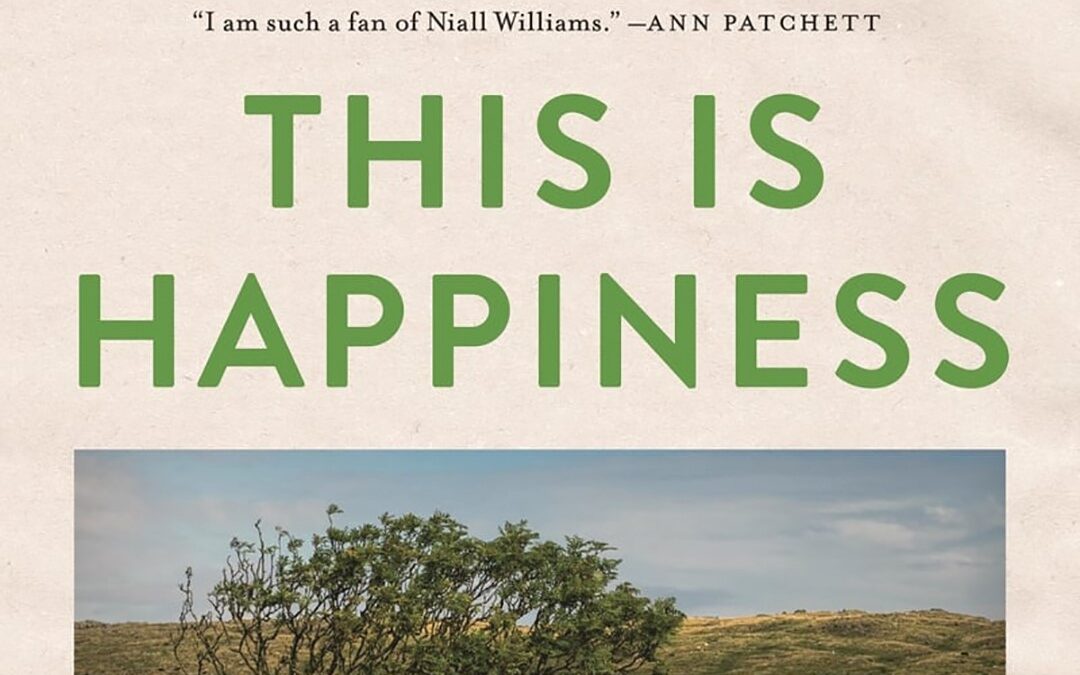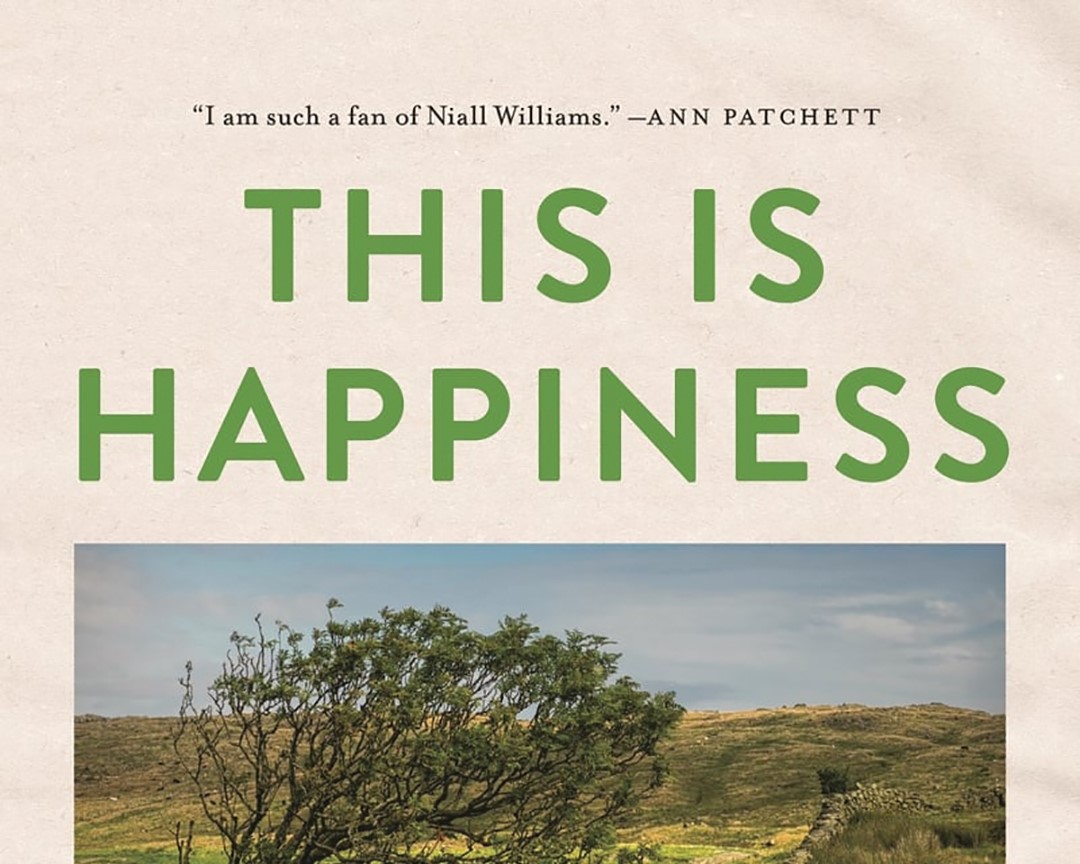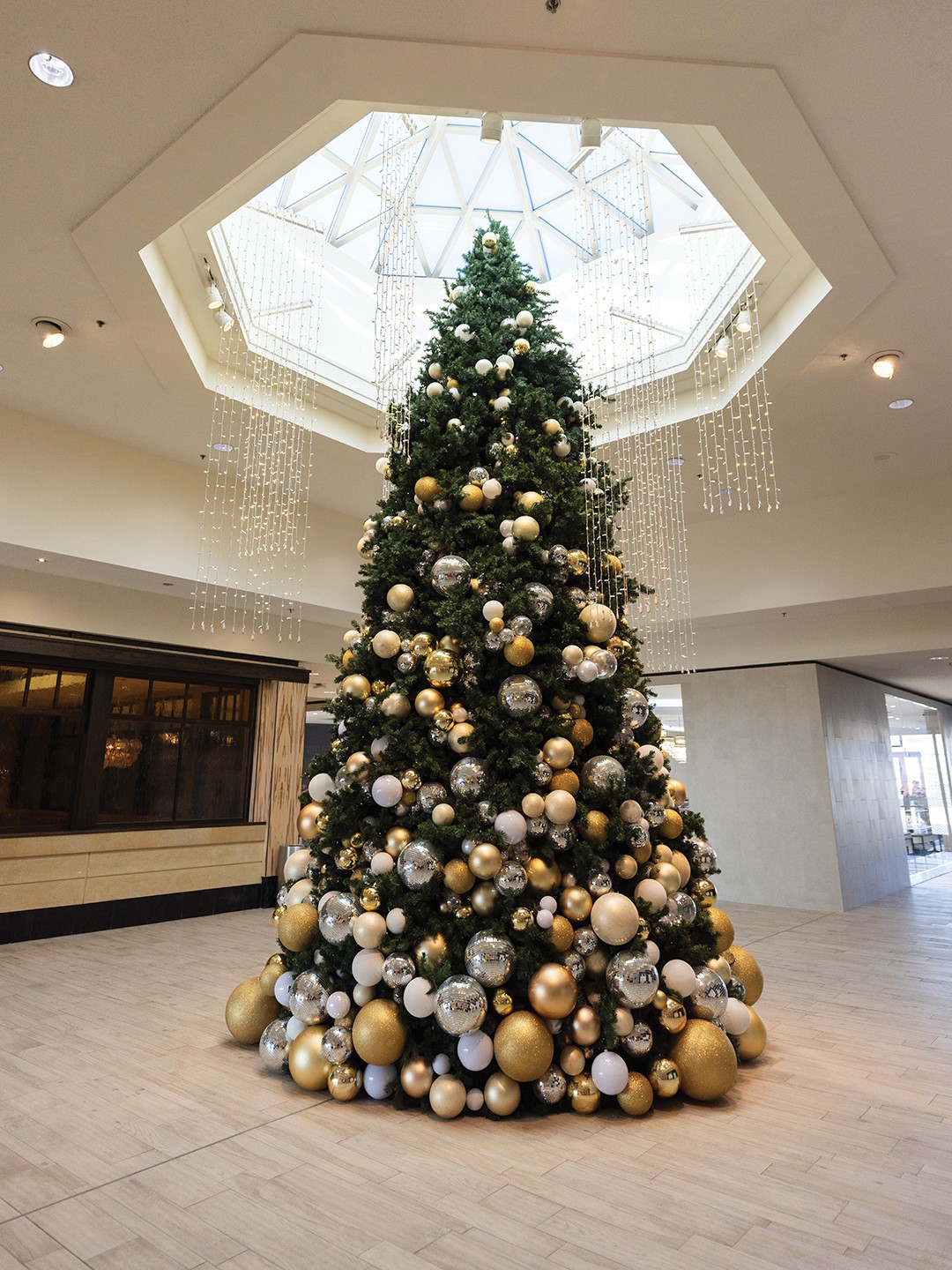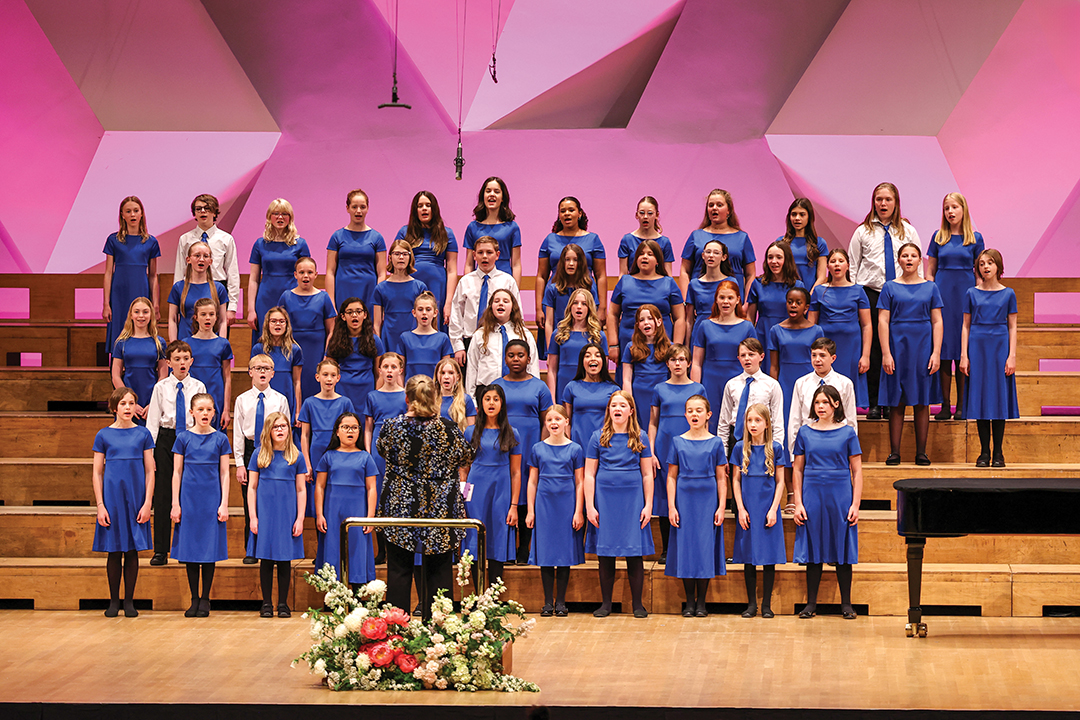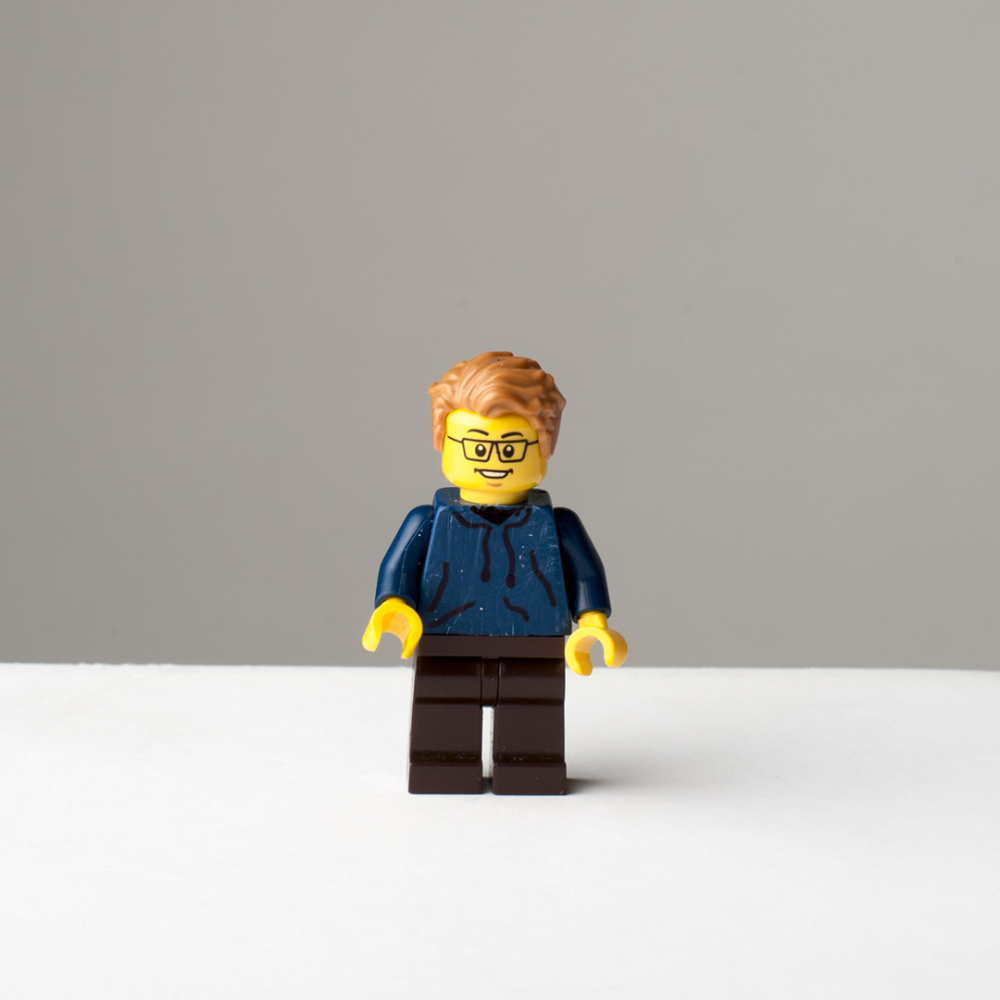
Photo: Emily J. Davis
Paavo Rundman made a stop-motion animation video with Legos to demonstrate his knowledge of Latin America. It was an assignment for his eighth-grade social studies class at South View Middle School, which switched to a personalized learning (PL) format a year ago.
“I got to show what I learned through a medium that I’ve already experimented with and that I really love,” Paavo says.
“I think without PL that would have been impossible for me to do.”
That feeling of possibility and engagement is the goal of Michaela Loo and Tricia Pettis, South View teachers who specialize in PL.
“We don’t think of PL as a thing or as a program,” Loo says. “It really is just effective teaching.”
Loo and Pettis teach part time and are also PL coaches. They guide other teachers at the middle school through designing their courses, and the program is attracting national attention. Educators are coming from across the state and country to view what’s happening in Edina classrooms.
PL tweaks the traditional model of education. Instead of having a teacher lecture to the entire class about a topic, students can choose how they want to learn. They can still listen to a teacher’s lecture, or they can work on their own or in a group. Classrooms accommodate all three options. There’s a group of desks for teacher seminars, clusters of desks in the middle of the room for groups and long tables on the sides of the room for independent learning.
“I like it,” Lauren Koskey, a sixth-grade student, says. “Last year it was a lot more black-and-white. This year there’s more options.”
Parent Janie Shaw says options are the key to success for her son, Colin. “There’s one class that he tried to work collaboratively and he realized he needed a teacher seminar because that’s not his strength,” Shaw says of her seventh-grader. “But in another class like science he works independently and he paces ahead because that’s his passion. In math he works collaboratively, because he sees himself as a leader.”
To make sure students are as successful as Colin, teachers keep a file on every student to track what they are working on, how they choose to learn and their grades.
“As teachers we have to intervene, otherwise [PL] is not successful,” Janel Weiland, a science teacher, says.
That means sometimes she has to eliminate the options of working alone or in groups.
Teachers also use reflection to monitor progress. Loo says at the end of a recent lecture she asked students what they learned and what they needed from her. Half the class still did not understand the lesson, so she created small group seminars.
“Had I not built in that reflective process because of PL, I may not have caught that,” Loo says.
Another feature of PL is flex time. Teachers give students the option to catch up if they are behind, work ahead of the class or work on group projects. Parts of the school were renovated into study areas where kids can work individually or as a group.
Pettis says PL is not a dramatic change from traditional education. It is education for the 21st century.
“All students are still writing essays, and doing labs and taking math tests. It’s just allowing kids to understand how they learn best and at times have a voice in choosing,” Pettis says.
Shaw says her message to fellow parents is to embrace change.
“We have to give up our personal connections to education as adults to understand that our kids’ journey is going to look really different,” Shaw says. “It’s ok to be in an environment where you are allowed to try, reflect and then reshape as opposed to just comply.”
The process could be opening up a way to make learning more effective.

